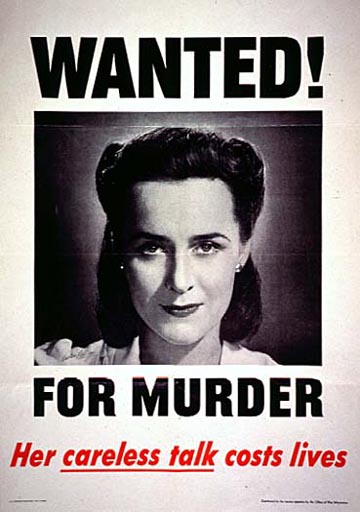Getting away with murder

Of course, back then it was always her careless talk, and never his.
The Home Affairs Minister told parliament during this past evening’s sitting that there have been 43 unsolved murders since 1972. I hadn’t thought there were that many murders, still less unsolved ones.
It would be interesting to have the number of solved murders, for the sake of comparison, and to know how many murders there have been in all in this small community of decent, hardworking people.
You’d think that in a town of around 400,000 people it would be impossible to get away with murder, but clearly not. Unless some of them have popped their clogs since they did the deed, there are 43 murderers walking about amongst us, and those are just the ones who never went to prison and whose names we don’t know.
Which brings me to another point. When is a murder considered solved – when the police decide they’ve found the murderer, or when a jury finds the accused guilty?
8 Comments Comment
Leave a Comment

One of the best sources for such information would be Edward Attard – the police historian. Translated from his 2001 publication “Delitti f’Malta – 200 sena ta’ Omicidji 1800-2000”:
“During the 19th and 20th centuries, around 450 homicides were committed in Malta, giving an average of less than 2 homicides a year in the 19th century and an increase of quasi-100% in the 20th century. It could be said that our nation saw a spike in murders in the last 30 years. Notwithstanding this fact, Malta is considered to rank low in murder numbers, particularly where murders with a theft or sexual motive are concerned.”
He goes on to mention that the only places were no murder had taken place were Mdina in Malta and Ghajnsielem, San Lawrenz, Mgarr and Ghasri in Gozo.
The murders are classified rather interestingly into fratricide, infanticide, child murder, wives killed by their husband, murders of other women, husbands killed by their wives, other murders by women, murder of parents, murder of public order officials, passion killings, murders involving foreigners, murders with motive of theft, murders resulting from arguments and ‘others’.
It’s an interesting read, although I’m afraid I can find no direct reference to the number of solved and unsolved murders in the generic introductory sections.
The annual average for Malta is around two homicides per 100 K pop. It is one of the lowest in the world.
The only way to keep it this way is if future governments manage to keep society egalitarian and government in the hands of the people.
Accessible healthcare, the right to basic living quarters and most importantly a big improvement in educational services that are less competitive, more inclusive and support those who are different and disadvantaged will keep us safer than enclaves for the rich surrounded by ghettos patrolled by SWAT teams.
After all I doubt we have a different gene set to the rest of the world.
Solved is a word that can never be applied to murder, as it indicates a return to ‘normality’ that cannot be. As against other crimes, the only accepted outcome is society’s retribution, in whatever form this may take.
The solved ones are probably mainly those who went to the nearest police station to turn themselves in.
If the accused is not found guilty the murder is still unsolved.
“When is a murder considered solved – when the police decide they’ve found the murderer, or when a jury finds the accused guilty?”
The case is “solved” once someone can be charged in court. If the accused is acquitted the case remains ‘solved’ (unless it’s a very special case and there’s a demand for more investigations by whoever matters).
As far as I know, a case is deemed solved once a person is charged irrespective of whether he is found guilty or not. This means that in the list the minister mentioned you would not find Raymond Caruana but you would find Karen Grech.